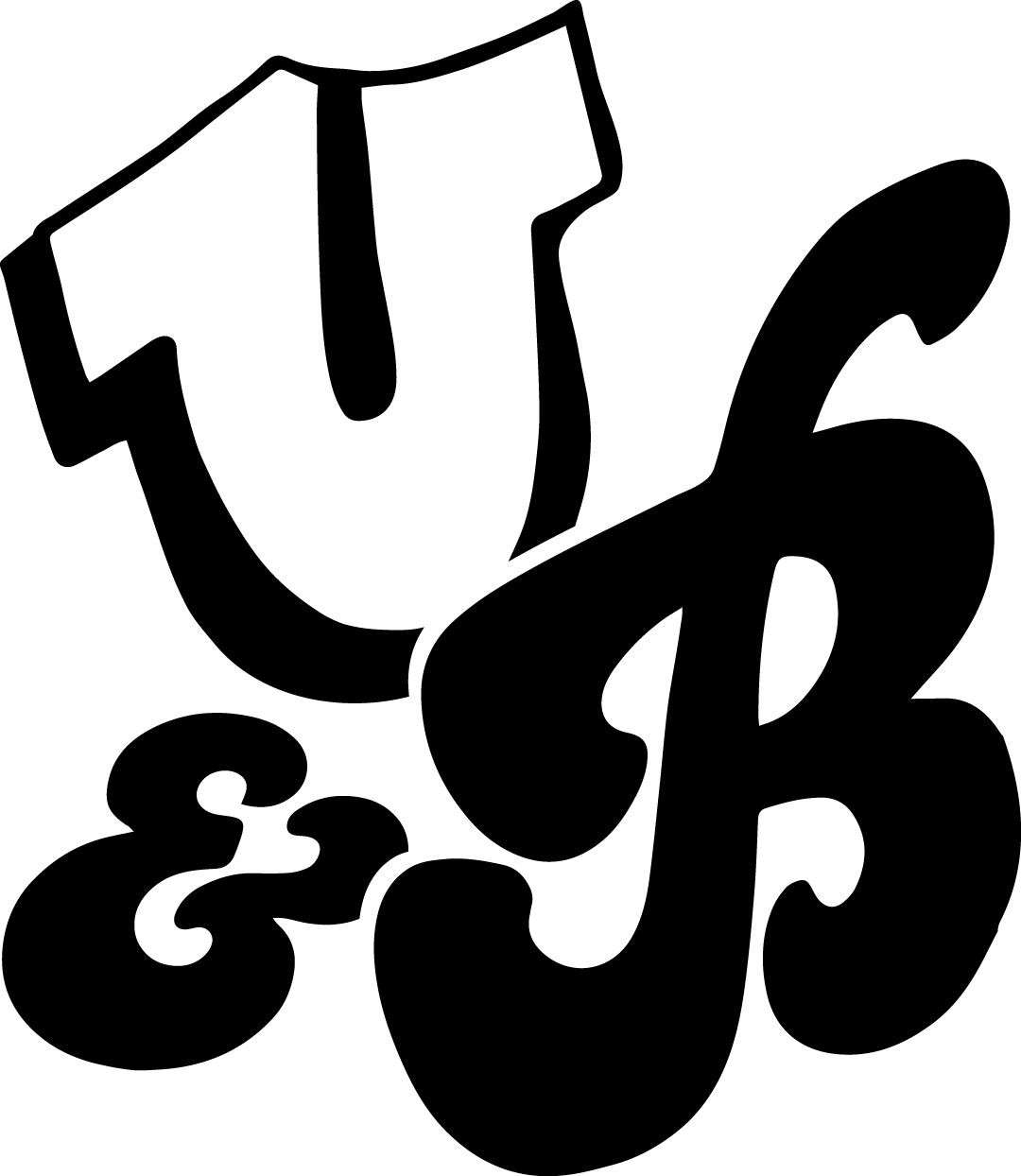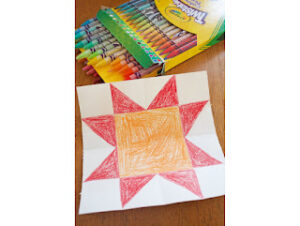Growing Dreams: An Agriculture-Inspired MLK Jr. Dream Quilt Activity
Martin Luther King Jr. planted the seeds of equality, justice, and hope through his I Have a Dream speech. His vision continues to inspire communities—including those in agriculture—to create a better future. Educators, farmers, and community organizers can bring his legacy to life by engaging youth in a Dream Quilt activity, where scholars express their hopes for food justice, sustainability, and a greener planet.
Why Connect MLK’s Dream to Agriculture?
Agriculture plays a necessary role in building equitable communities. Access to fresh, healthy food remains challenging, especially in underserved areas. Dr. King’s message of justice aligns with the need for food security, environmental stewardship, and sustainable farming. A Dream Quilt allows students to visualize a future where everyone can access fresh produce, farms thrive through regenerative practices, and communities work together to nourish each other.
How to Create an MLK-Inspired Dream Quilt
Materials Needed:
- Colored construction paper (for quilt squares)
- Markers (for writing and illustrations)
- Glue (to assemble the quilt)
- Scissors (for shaping quilt pieces)<
Instructions:
1. Discuss MLK’s Legacy & Food Justice
Start by reading or listening to King’s I Have a Dream speech. Discuss its relevance today, especially in food justice, sustainable farming, and environmental equality. Ask students:
- What does fairness in food access mean?
- How can we support local farmers and urban agriculture?
- >What role does sustainability play in ensuring a better future?
2. Encourage Personal Reflections on Agriculture
Have students reflect on their dreams for a just and sustainable food system. Ask them to consider:
- 🌱 Do they want to see more community gardens and urban farms?
- 🌱 How can they help reduce food waste (e.g., composting)?
- 🌱 What actions can they take to support local farmers?
3. Create the Dream Quilt Squares
Each student receives a square piece of colored construction paper and illustrates their vision using drawings, words, or symbols. Some may depict thriving community gardens, while others highlight fair trade farming, composting, or reducing food deserts. Every quilt square represents a unique dream for agriculture and justice.
4. Assemble & Display the Dream Quilt
Glue the quilt squares together and display them in a classroom, farmers market, school cafeteria, or community garden. This visual representation of collective dreams fosters conversation, awareness, and action.
Bringing the Lesson to Life
Take this activity beyond the classroom by:
- Organizing a community garden event where students plant seeds honoring MLK’s legacy.
- Partnering with local farmers to discuss food justice and sustainable growing practices.
- Encouraging students to write about their quilt squares and share how they plan to make a difference in agriculture.
Incorporating King’s vision with the power of agriculture, we cultivate a new generation of leaders who dream of equality and a world where fresh, nutritious food is accessible to all.

